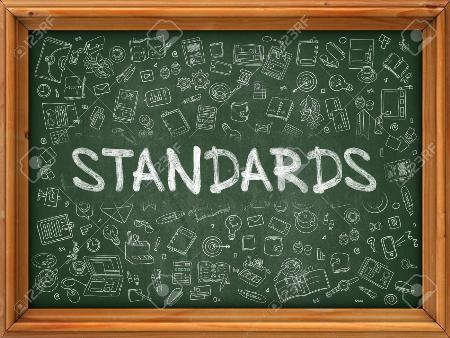Hey there! If you’re interested in web accessibility, you’ve probably heard about the Web Content Accessibility Guidelines (WCAG). The latest update, WCAG 2.2, was rolled out on October 5, 2023, and it includes some noteworthy changes from WCAG 2.1. Let’s review the WCAG 2.2 Updates.
What Are the Key Changes in WCAG 2.2 from WCAG 2.1?
WCAG 2.2 introduces nine new success criteria that refine WCAG 2.1. These changes focus on making content more accessible to a broader range of users.
These updates primarily enhance accessibility for:
-
- Users with cognitive and learning disabilities
- Users with low vision
- Users using mobile and touch interfaces
WCAG 2.2 expands the inclusive digital experience for all users by addressing common usability issues.
- Focus Not Obscured (Minimum & Enhanced) (2.4.11, 2.4.12)
- The WCAG 2.2 updates ensure that when users navigate via the keyboard, the element they focus on remains visible. The enhanced version guarantees it is obvious at all times.
- Focus Appearance (2.4.13)
Websites must provide a clear focus indicator to align with the new updates, making it easier for users to see where they are on a page. - Dragging Movements (2.5.7)
Some users struggle with drag-and-drop actions. WCAG 2.2 updates require websites to offer an alternative way to complete these interactions. - Target Size (Minimum) (2.5.8)
Small buttons can be difficult to tap. To improve usability, this update requires interactive elements to be at least 24×24 pixels. - Consistent Help (3.2.6)
Help features must be consistently available throughout a website. This WCAG 2.2 update ensures users can always access assistance when needed. - Redundant Entry (3.3.7)
Users shouldn’t have to enter the same information in a form repeatedly. The WCAG 2.2 updates help prevent unnecessary re-entry, improving efficiency. - Accessible Authentication (Minimum & Enhanced) (3.3.8, 3.3.9)
Password-based logins can be a barrier. These updates encourage websites to provide alternatives like passkeys or biometric authentication.
Backward Compatibility and the Removal of Parsing
One significant advantage is that it remains backward-compatible. Websites meeting WCAG 2.2 also comply with WCAG 2.1 and WCAG 2.0. Additionally, the “Parsing” criterion (4.1.1) has been removed, simplifying compliance requirements.
Why WCAG 2.2 Updates Matter for Your Website
So why should you care about WCAG 2.2 updates? Here are three key reasons:
- Better User Experience – These changes make websites easier to use for everyone.
- Legal Compliance – Many laws require compliance with WCAG 2.2 updates.
- Future-Proofing – Updating now keeps your site aligned with evolving accessibility standards.
How to Implement WCAG 2.2 Updates
- Conduct an accessibility audit – Compare your website against these new updates.
- Prioritize fixes – Focus on high-impact changes first.
- Test with users – Get feedback from people with disabilities to ensure real-world usability.
By staying ahead of WCAG 2.2 updates, you can make your website more inclusive while improving compliance. For more details, check out the official WCAG 2.2 documentation at w3.org.




